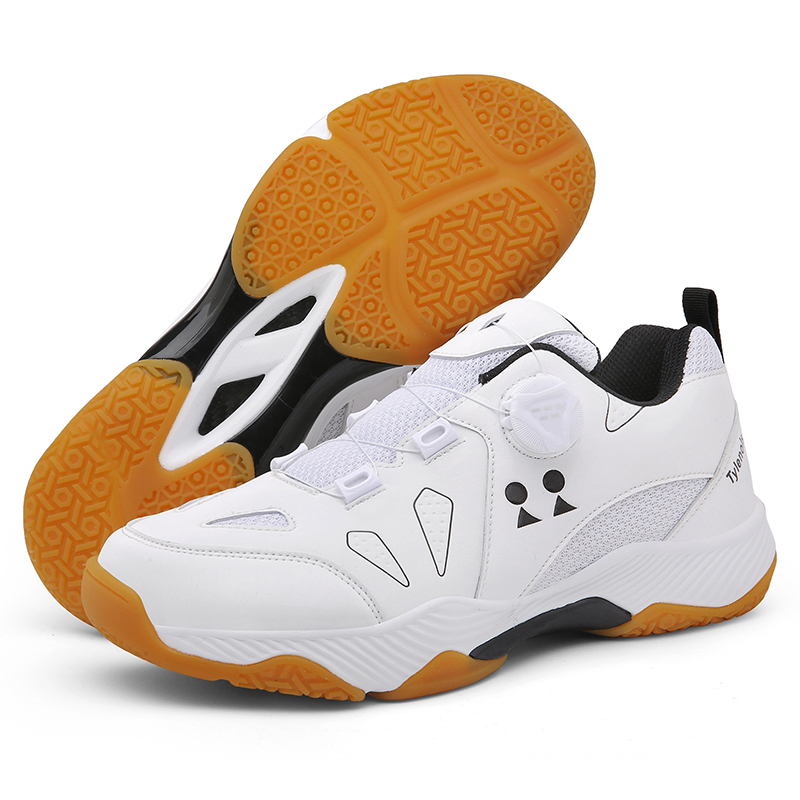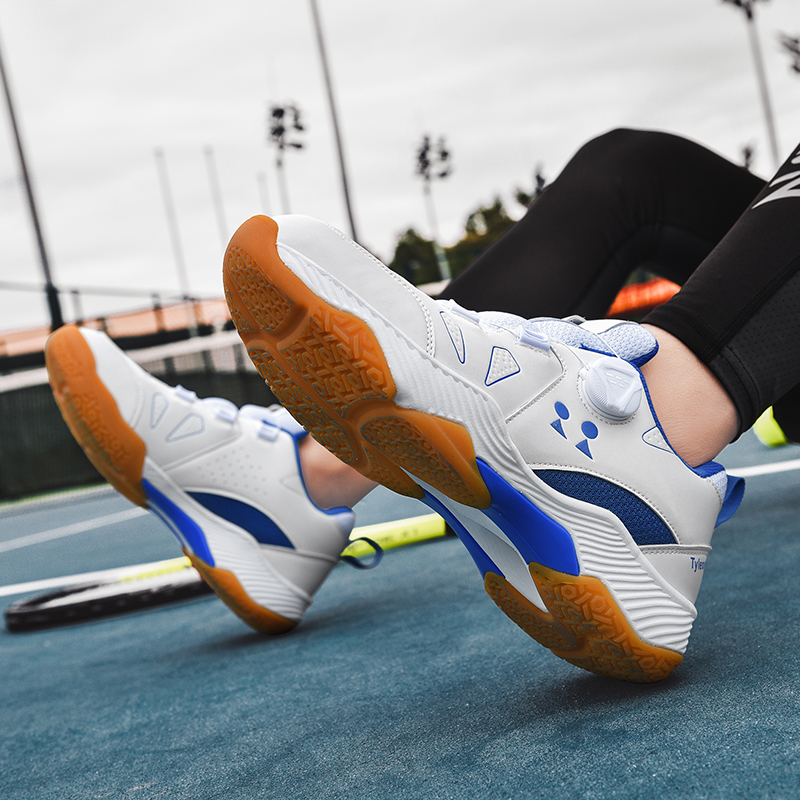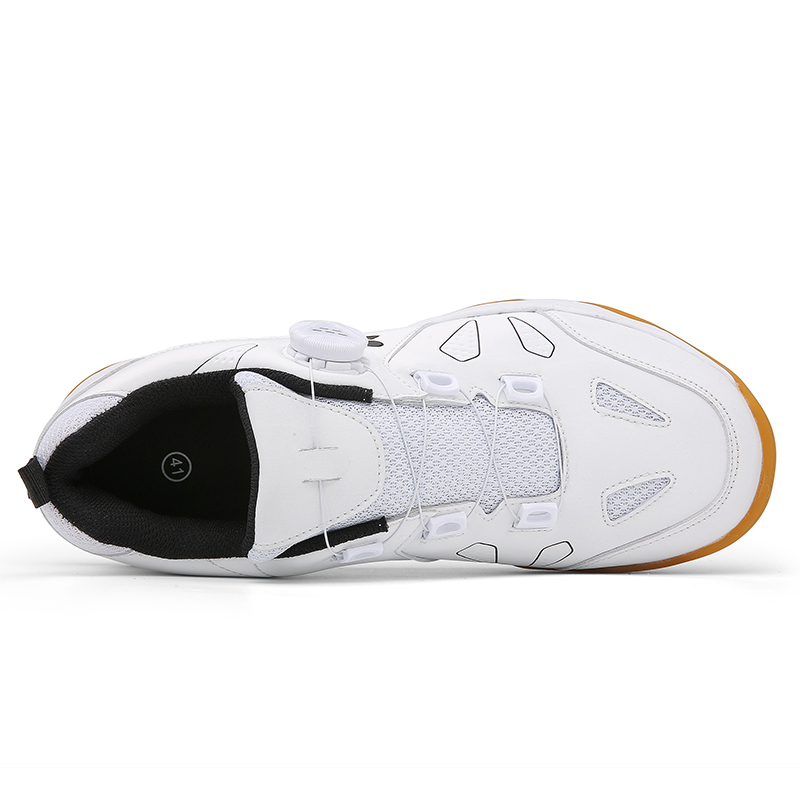
In recent years, the use of eco-friendly materials in sports equipment has gained popularity due to the growing concern over environmental sustainability. As pickleball continues to increase in popularity, it is important for players to consider the environmental impact of their equipment, including pickleball shoes. Eco-friendly materials offer numerous advantages, including reduced carbon footprint, decreased waste, and improved sustainability. This essay explores the advantages of using eco-friendly materials in pickleball shoes and how they contribute to promoting environmental sustainability.
- Reduced Carbon Footprint: Pickleball shoes made from eco-friendly materials, such as recycled or organic materials, have a lower carbon footprint compared to traditional shoes made from non-renewable resources. These materials require less energy and fewer resources to produce, reducing the environmental impact of the shoe’s manufacturing process. The advantages of using eco-friendly materials for pickleball shoes include:
a) Conservation of Resources: Eco-friendly materials are often made from renewable sources, such as recycled plastic or natural rubber. Using these materials conserves non-renewable resources, such as oil or petroleum, reducing the carbon footprint of the shoe’s production. b) Reduced Emissions: The manufacturing process for traditional shoes often involves high levels of carbon emissions. Using eco-friendly materials significantly reduces these emissions, contributing to a cleaner and more sustainable environment. c) Improved Health: The use of eco-friendly materials reduces the amount of toxic chemicals and substances released into the environment, promoting better health for both humans and wildlife.
- Reduced Waste: Eco-friendly materials for pickleball shoes contribute to reduced waste, as materials used in their construction are often biodegradable or recyclable. The advantages of using eco-friendly materials for pickleball shoes include:
a) Reduced Landfill Waste: Traditional shoes are often made from synthetic materials that do not biodegrade, leading to increased waste in landfills. Eco-friendly materials, such as biodegradable polymers or natural fibers, break down over time, reducing the amount of waste in landfills.
- Improved Sustainability: Using eco-friendly materials in pickleball shoes contributes to the overall sustainability of the sport and the environment. The advantages of using eco-friendly materials for pickleball shoes include:
a) Reduced Environmental Impact: The use of eco-friendly materials reduces the environmental impact of the pickleball shoe’s production and consumption, promoting environmental sustainability. b) Promotes Ethical Production: Eco-friendly materials often promote ethical and sustainable production practices, such as fair labor practices and responsible sourcing of materials, contributing to a more socially responsible industry. c) Encourages Consumer Responsibility: By choosing eco-friendly shoes, consumers contribute to promoting environmental sustainability and encouraging others to make responsible purchasing decisions.
- High-Quality Performance: Eco-friendly materials offer high-quality performance and durability, often surpassing that of traditional materials. The advantages of using eco-friendly materials for pickleball shoes include:
a) Improved Durability: Eco-friendly materials, such as natural fibers and recycled plastics, are often more durable and long-lasting than traditional synthetic materials. b) Enhanced Comfort: Eco-friendly materials, such as natural fibers, offer superior breathability and comfort compared to synthetic materials, contributing to an overall better playing experience.
- Wide Range of Material Options: There is a broad range of eco-friendly material options available for pickleball shoe construction, providing players with numerous choices to suit their individual preferences. The advantages of using eco-friendly materials for pickleball shoes include:
a) Versatility: Eco-friendly materials offer versatility in terms of color, texture, and design.
Conclusion: Pickleball players can contribute to environmental sustainability by choosing eco-friendly materials for their shoes. Using these materials offers numerous advantages, including reduced carbon footprint, decreased waste, improved sustainability, high-quality performance, and a wide range of material options. By prioritizing eco-friendly materials in the selection process, players can support environmental sustainability and promote ethical production practices. With the growing concern for environmental sustainability, incorporating eco-friendly materials into pickleball shoes is an essential step in reducing the sport’s environmental impact. By making responsible purchasing decisions, players can enjoy the game while contributing to a healthier and more sustainable planet.








